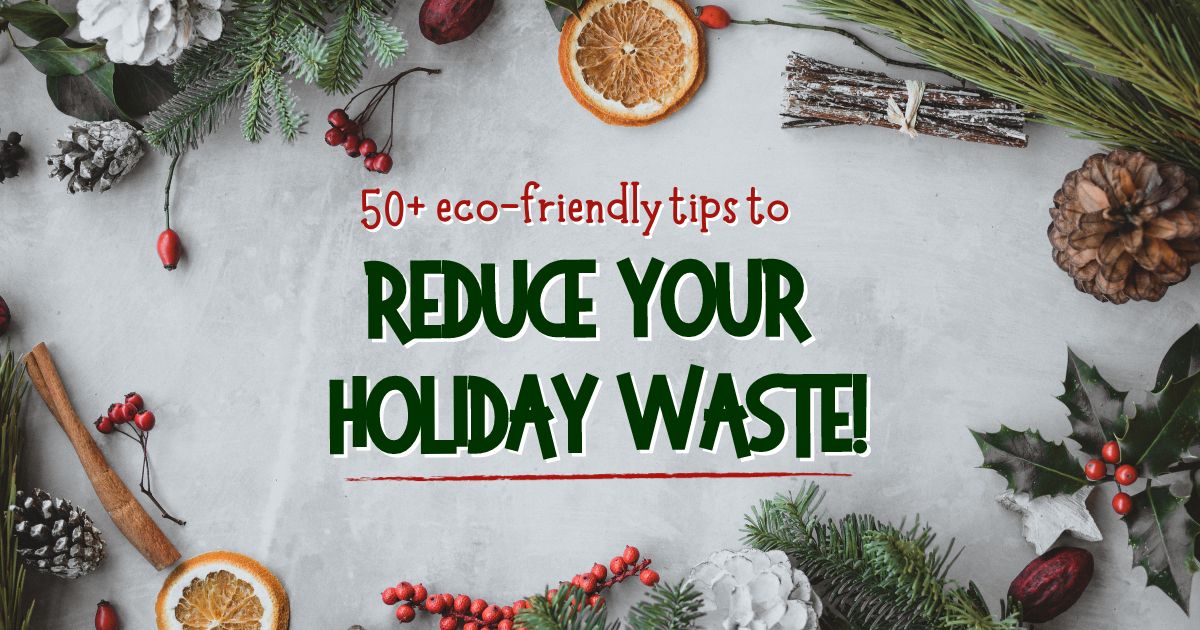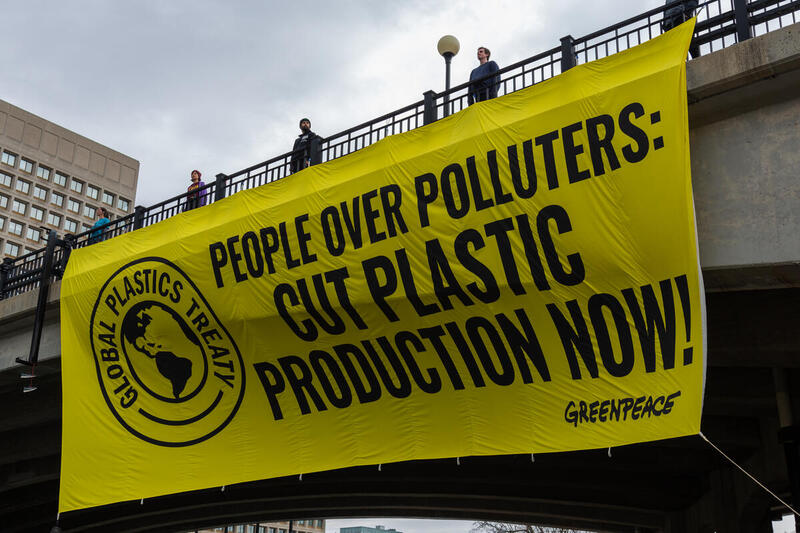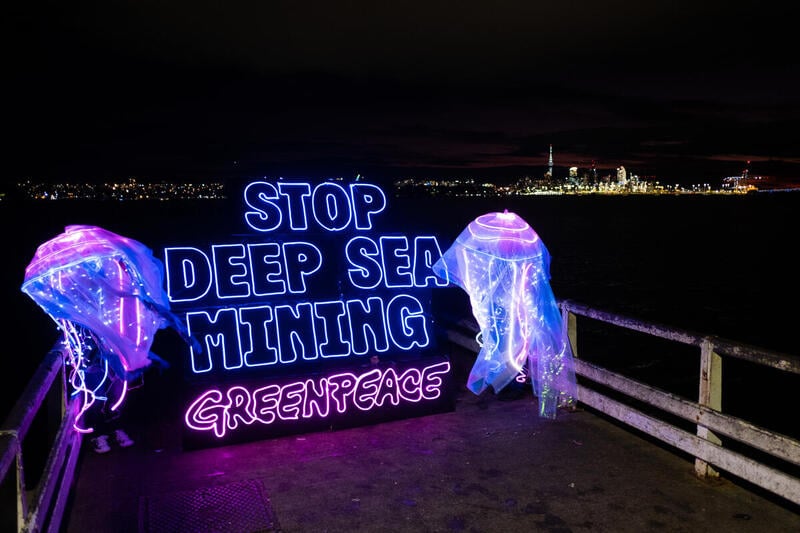Much of the plastic that we throw “away” ends up in our oceans. The Arctic Sunrise ship is journeying to the largest trash vortex in the ocean with the goal of identifying the microplastics found there.
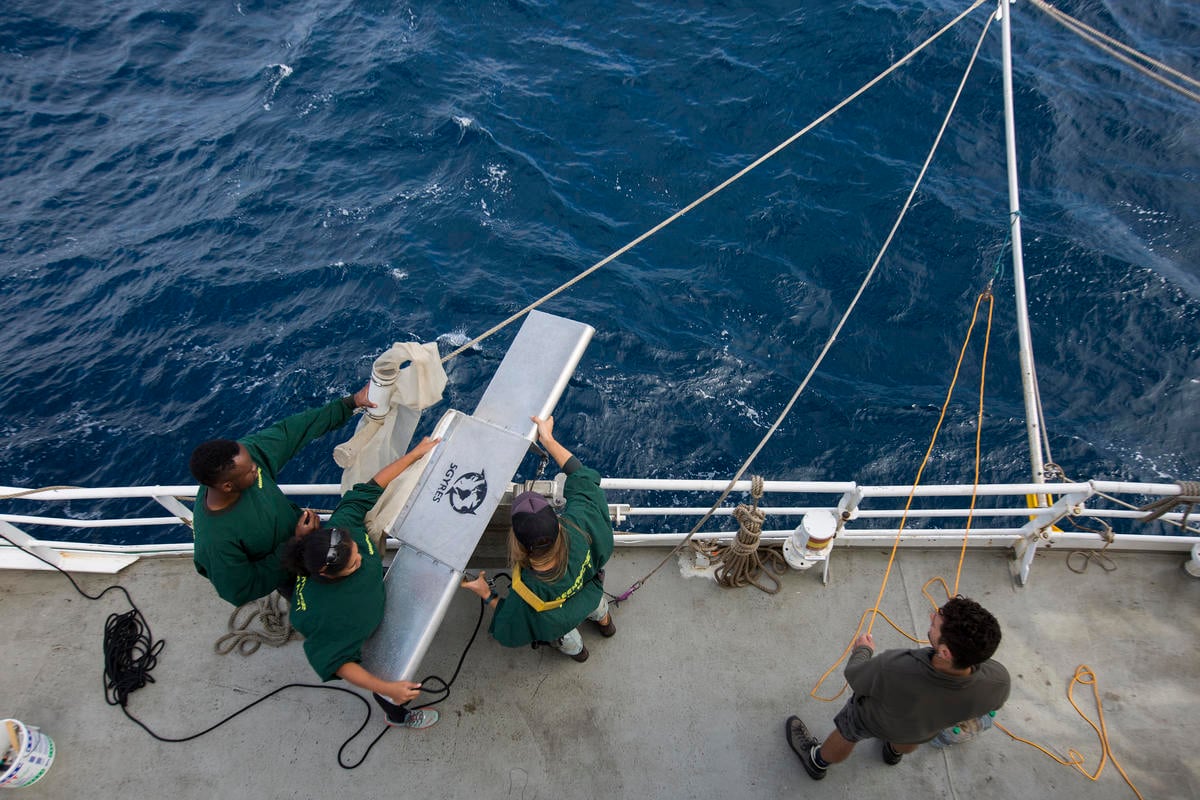
A Manta Troll is deployed to collect microplastics to study from aboard the Greenpeace ship, Arctic Sunrise, off the Southern California coast on August 2, 2018. The Arctic Sunrise is assisting in scientific research into ocean noise and microplastics pollution during the San Diego, California to Long Beach, California leg of its current voyage.
All over the world, people are doing their part to help tackle the plastic pollution crisis.
They are holding cleanups with brand audits to identify the corporations that are responsible for the pollution in their own backyard. They are pressuring retailers and the world’s largest companies to reduce their single-use plastic footprint. They are calling on governments to ban single-use plastics and to invest in real solutions. And they are working towards building a future that’s based on reuse and new delivery systems for products.
But corporations and governments alike want us to continue to believe that if we recycle more, or better, do our part and join shoreline cleanups, then we’ll be just fine. But unfortunately it is crystal clear that this isn’t enough when we see the impacts of companies’ disposal-centric product model in of our communities, and even in the middle of the ocean, far away from recycling bins. We can’t do better in a system so dependent on throwaway plastics. With so much plastics being produced, no wonder so much end up in the environment.
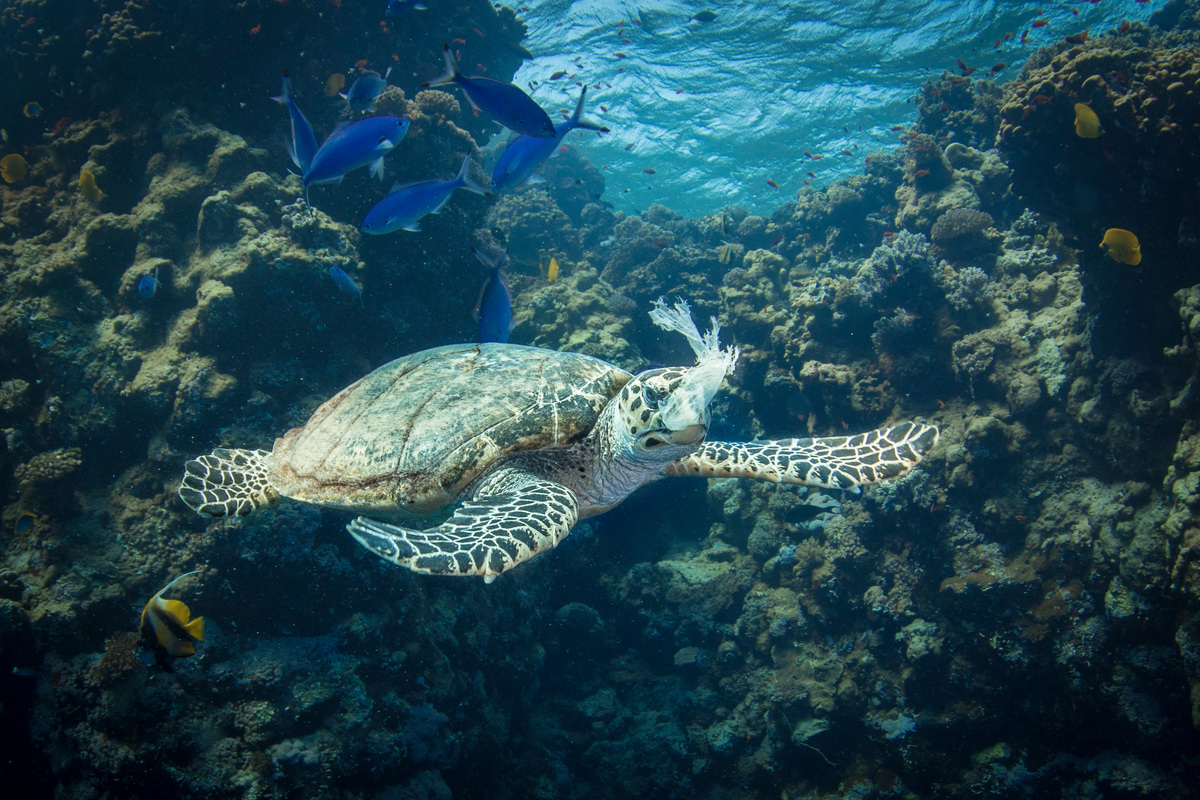
A Hawksbill turtle feeds on a piece of plastic near the reef Big Gota in the southern Egyptian Red Sea.
Plastics, unfortunately, don’t just decompose or disappear when they enter our oceans — they break up into smaller and smaller pieces called microplastics. Microplastics harm marine life as they look and smell like food. These tiny pieces of plastic are consumed by fish and other creatures, before moving up the food chain and into our own bodies.
Even when we can’t see it, plastic pollutes every corner of the globe. Plastic has been found at the deepest point in the ocean, the Mariana Trench, as well as in the Antarctic and the middle of the ocean, and in the Great Pacific Garbage Patch. There are five oceanic gyres where, due to wind patterns and swirling currents, plastic accumulates. The Great Pacific Garbage Patch is in the North Pacific gyre and is the most well-known and well-studied of the plastic and marine debris accumulation zones in the high seas. These gyres don’t create trash islands but more like trash smoothies.
The Great Pacific Garbage Patch is located halfway between Hawaii and California. Due to British Columbia’s proximity to the Garbage Patch and other currents and winds at play, trash from the gyre ends up on some of the province’s most remote beaches. Many organizations and communities work tirelessly to stay on top of trash collection all along Vancouver Island’s, Haida Gwaii’s and other coastal beaches, but because the flow of plastic into our oceans is constant, with a garbage truck’s worth every minute, so too is the trickling of plastic in on waves. Even when a beach may look clean, plastic is so pervasive that microplastics are almost certainly found in the sand or in the adjacent seawater. Pollution that’s impossible to clean up, but pollution we can stop at the source if we work together.
The Greenpeace ship the Arctic Sunrise is traveling through the Garbage Patch with the goal of connecting the plastic there with corporations back on land. During the transit, the crew on board will document the type and quantity of microplastics found in the Garbage Patch, searching for any branded plastic pollution we can find hundreds of kilometers from shore, and document how it travels through the ocean. We will also capture underwater footage of the soupy plastic mess that is now twice the size of Texas.
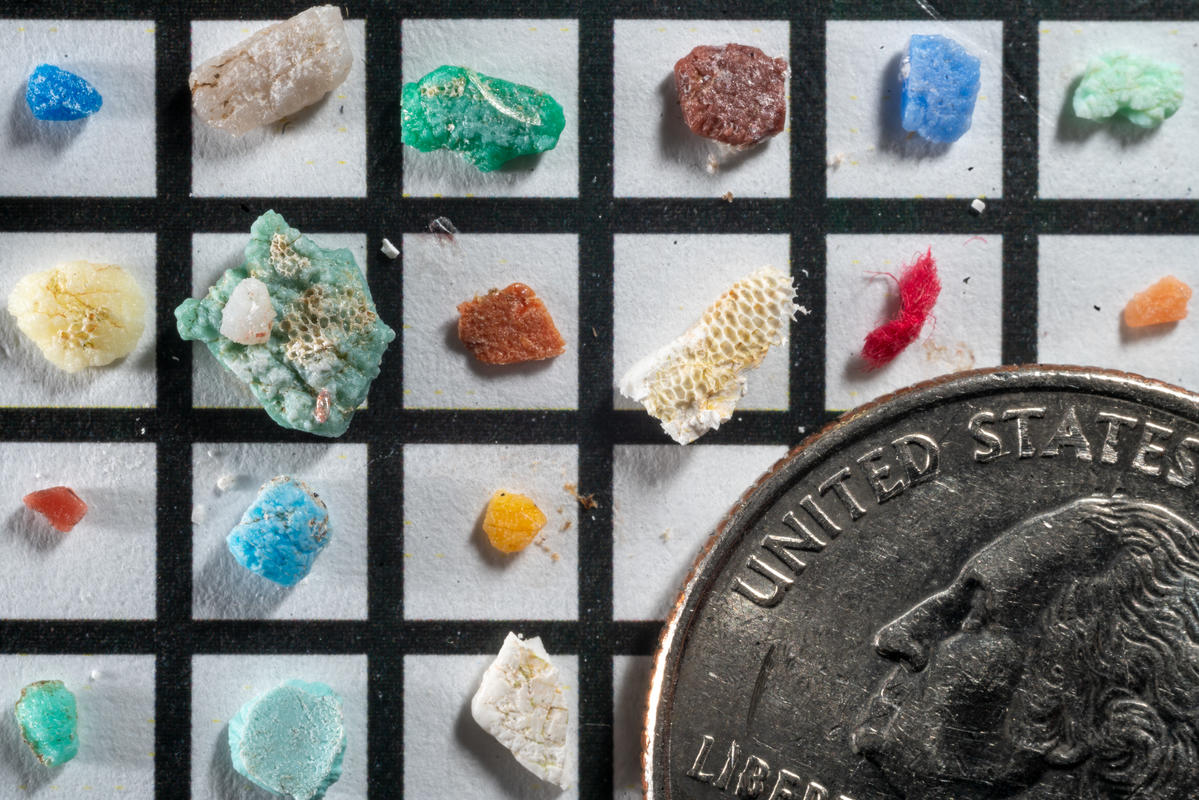
Microplastics collected at the surface of the Great Pacific Garbage Patch. Pieces are laidd out on a 5×5 mm grid next a U.S. quarter, for perspective. The crew of the Greenpeace ship MY Arctic Sunrise voyage into the Great Pacific Garbage Patch document plastics and other marine debris. The Great Pacific Garbage Patch is a soupy mix of plastics and microplastics, now twice the size of Texas, in the middle of the North Pacific Ocean.
Our journey will show the world that no matter how hard we try to clean up plastic pollution, it’s not more effective than mopping up an overflowing bathtub with a cotton ball. This crisis requires immediate action from the world’s largest corporations like Pepsi, Nestle, Procter & Gamble, and Unilever. It’s time for these corporations to stop making so much wasteful plastic.

